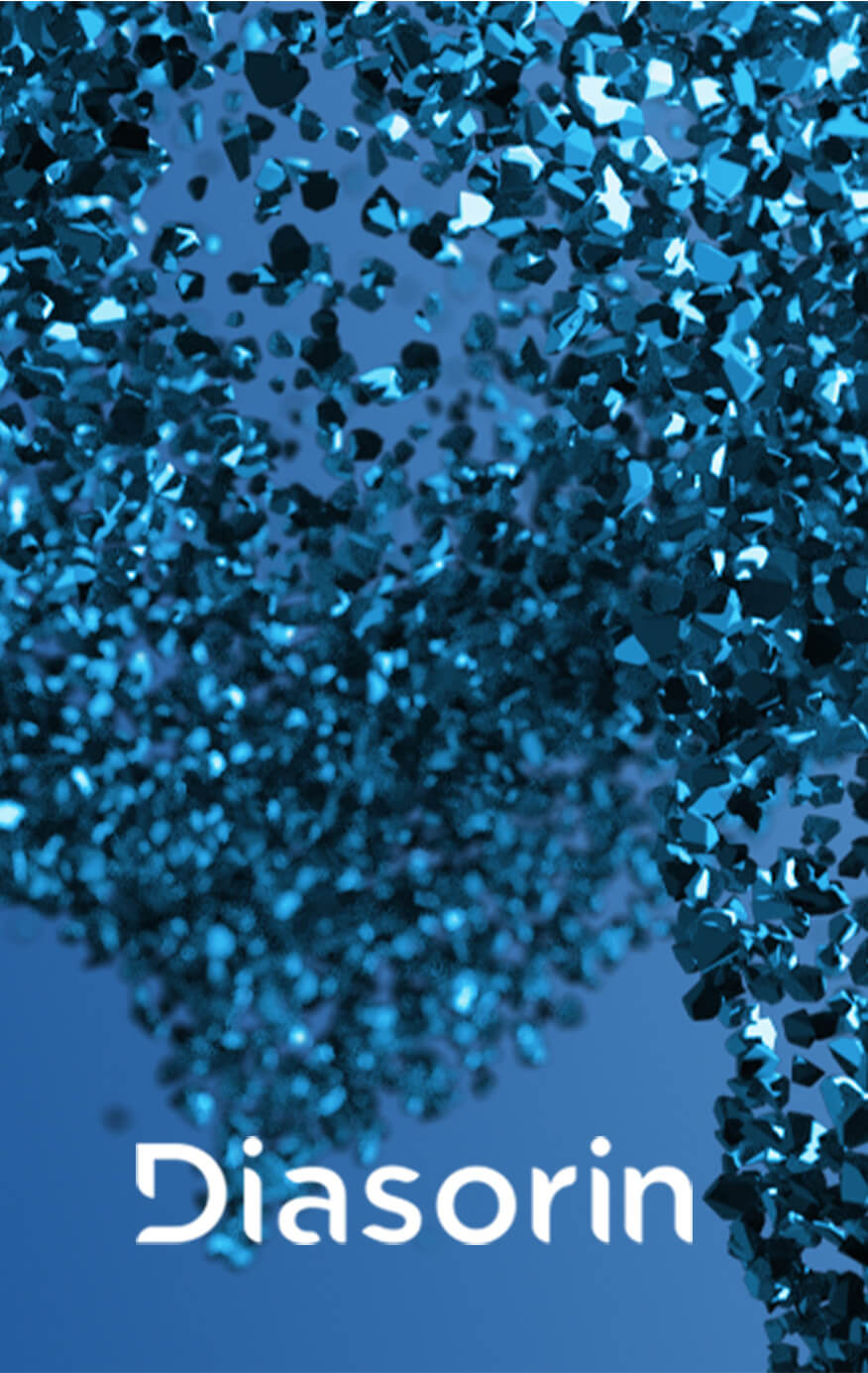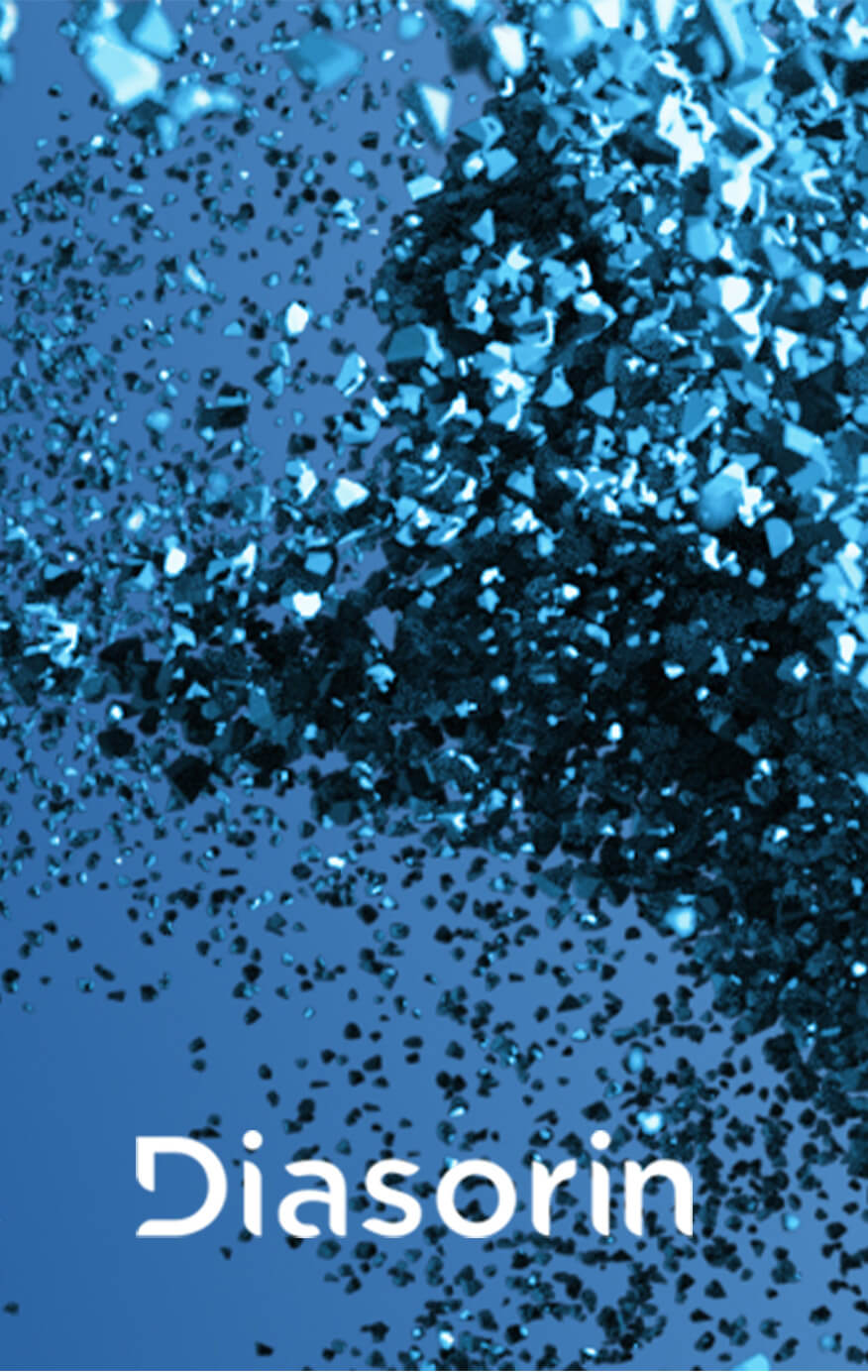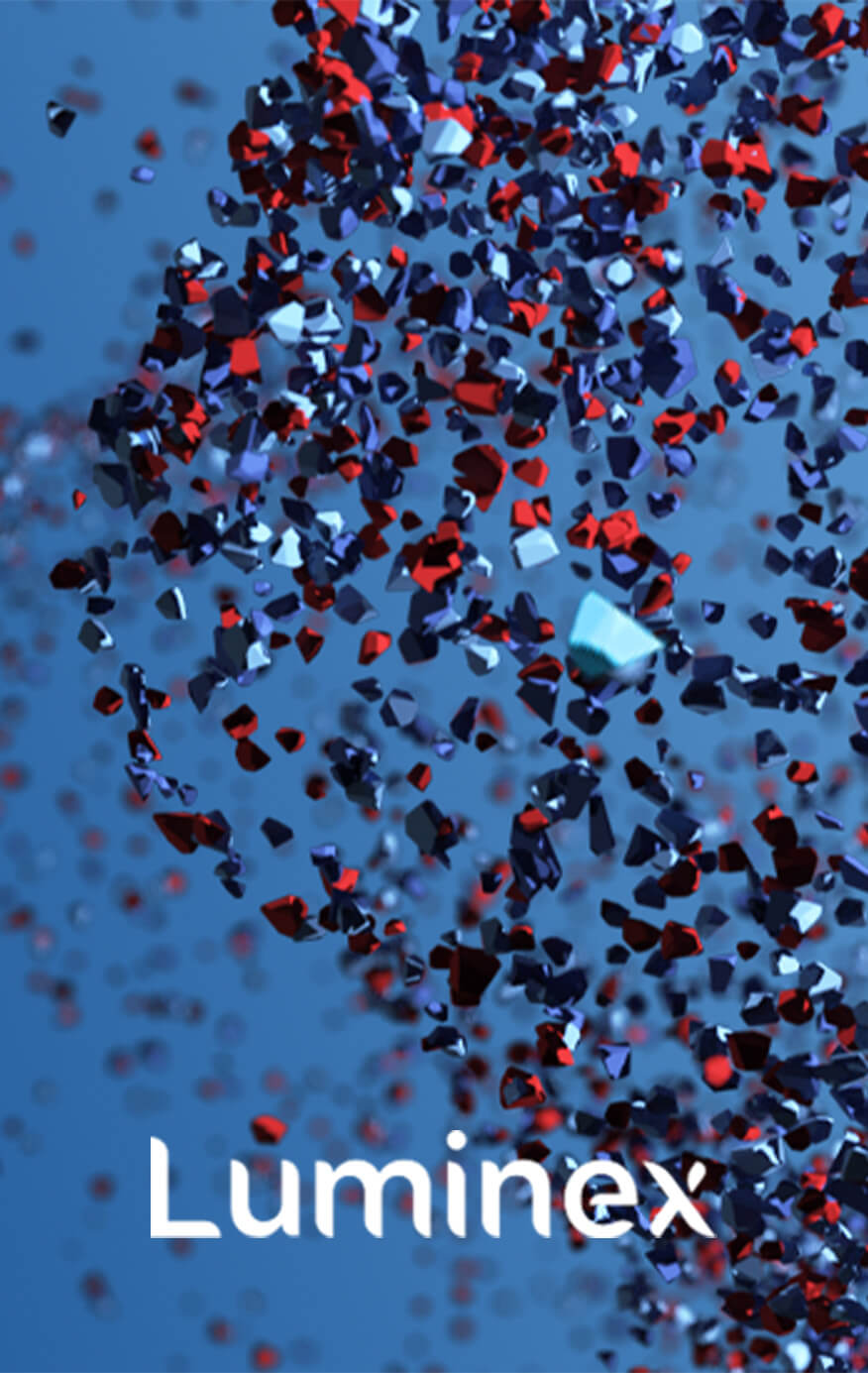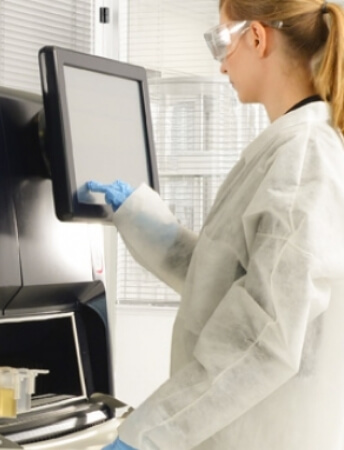xMAP® Microspheres
Delivering the versatility to perform a wide range of protein and nucleic acid-based multiplex assays on a single platform
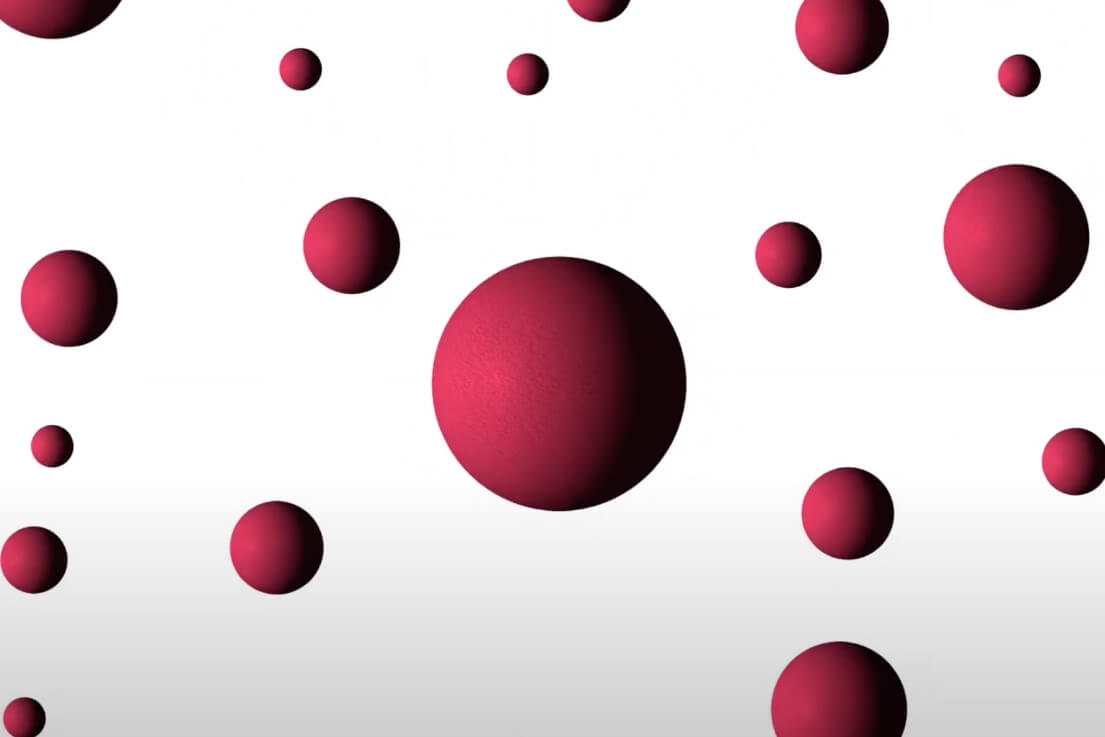
xMAP® beads are internally color-coded microspheres with precise concentrations of multiple fluorescent dyes, yielding up to 500 distinctly colored bead sets. xMAP® microspheres can be coupled with target-specific molecules such as antigens, antibodies, oligonucleotides, enzyme substrates, receptors, etc.
After an analyte in a sample is captured by this target-specific molecule, a fluorescent reporter molecule is introduced to complete the reaction on the surface of each microsphere.
The internal dyes on the microspheres are excited by the red laser or LED to identify the microsphere set. Then, a green laser, green LED, or violet laser (xMAP INTELLIFLEX DR-SE only) excites the fluorescent reporter dye. Using these signals, each individual microsphere is identified, and the amount of target molecule bound to its surface is quantified.
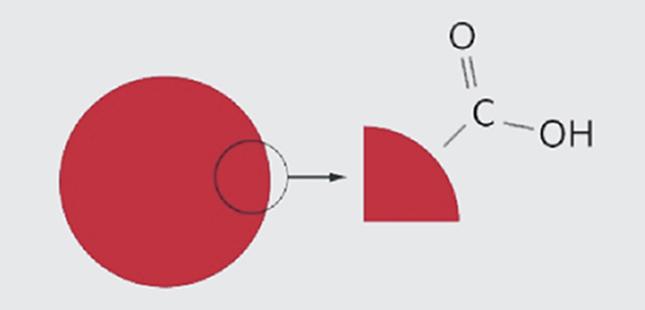
xMAP® Beads
xMAP® beads pass through a red laser, or LED, which excites the internal dyes to distinguish the microsphere set. Then,green laser, green LED, or violet laser (xMAP INTELLIFLEX DR-SE only) excites the fluorescent reporter dye to determine the result of the assay.
Each microsphere contains specific concentrations of internal dyes that correlate to a specific bead region. Although the internal dyes differ between regions, the outer coating of carboxyl groups is the same across all bead regions. This gives customers the flexibility to couple any region of bead to their analyte of choice, creating endless possibilities for assay development.
xMAP® beads come in a variety of formats, including magnetic (MagPlex) and non-magnetic (MicroPlex) beads.
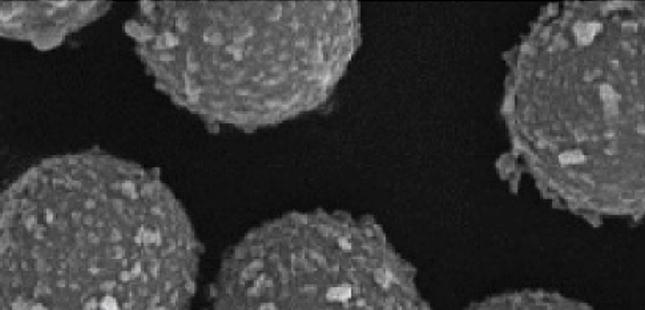
xMAP MagPlex® Microspheres
MagPlex® Microspheres—6.5-micron superparamagnetic beads that are dyed with three red and infrared fluorescent dyes, resulting in 500 distinctly colored bead sets—are our most versatile and efficient microspheres for high-plex applications. Approximately 108 surface carboxyl groups (COOH) cover the surface of the bead and serve as covalent attachments for capturing ligands. A fluorescent reporter is coupled to a target molecule, which allows its detection after specific capture on the microsphere surface.
What can be coupled to the beads?
- Antibodies
- Antigens/Other Proteins
- Modified Oligos
- Peptides
- Carbohydrates
- Small Molecules
Ordering Info
Find out more about the available beads, as well as all the information necessary to submit your order.
xMAP® applications
Explore xMAP® Technology and discover some of the many applications used by multiplexing research experts across the globe.
LuminexPLORE Lab
Looking for custom assay design and development services with unique targets in mind? Discover the LuminexPLORE Lab and partner with the xMAP® multiplexing industry experts.
xMAP® Kit Finder
xMAP® Technology is an open multiplexing platform used in hundreds of commercial immunoassay kits. Industry leading manufacturers offer xMAP Technology assay kits. To find them, use our xMAP® Kit Finder.
